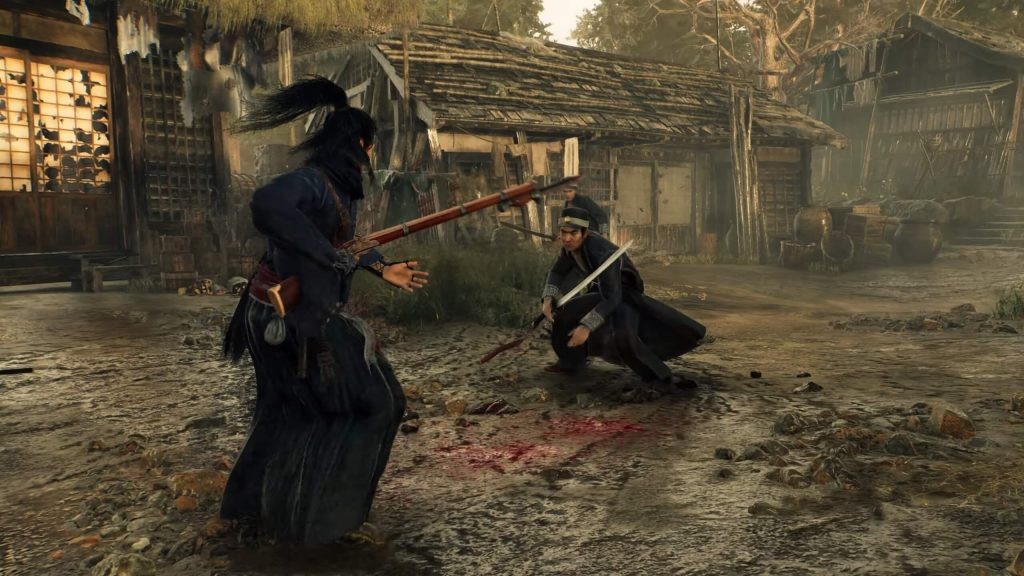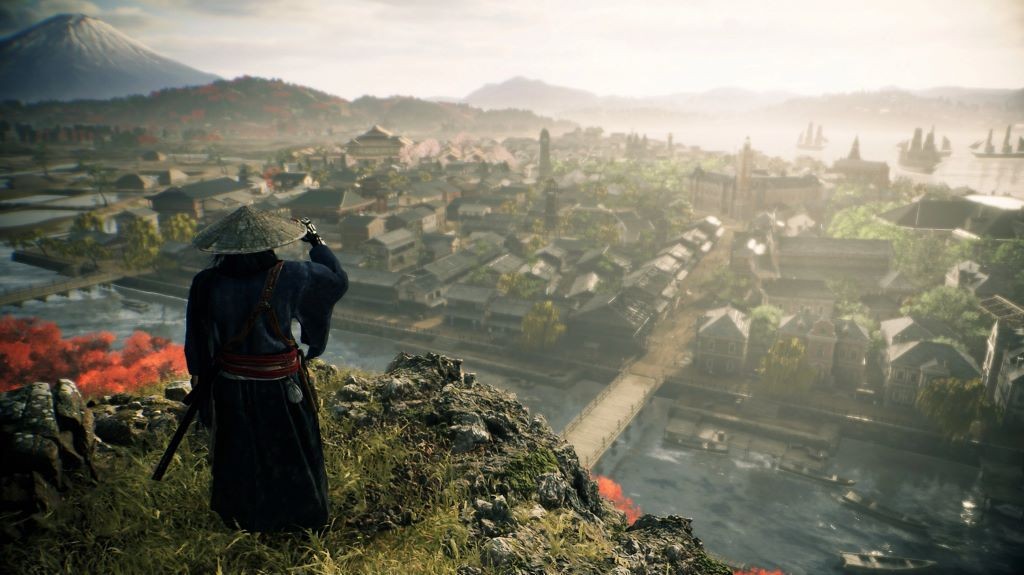A lot of thought and care went into ensuring the accuracy of Rise of the Ronin’s setting.
Rise of the Ronin, Team Ninja’s latest game, has been a sleeper hit among the masses. Despite being overshadowed by other high-profile games released around the same time (namely Dragon’s Dogma 2), it’s managed to make a cozy name for itself as an enjoyable action title.
During a recent interview, the producer and director of the game shared some valuable information on the inspiration behind the title, as well as other aspects that are worth a read.
Rise of the Ronin Team Finds Inspiration in Unexpected Places
 Rise of the Ronin‘s film inspiration isn’t the movie you think it is.
Rise of the Ronin‘s film inspiration isn’t the movie you think it is.
Capturing the essence of Japanese culture and history in any type of media can be a daunting task. For Team Ninja, the creators behind Rise of the Ronin, inspiration was found in unexpected places.
In a recent interview with Game Informer, producer Yosuke Hayashi and director Fumihiko Yasuda spoke about the influences and themes driving their latest project.
Reflecting on their past struggles with creating action games for both Japanese and Western audiences, Hayashi and Yasuda spoke about how Shogun holds a lot of crossover with their latest game:
It’s really that the show has a lot of visuals that are very Japanese that reflects how a lot of the production involved in it was Japanese.
When asked about recommended viewing for samurai enthusiasts, both Hayashi and Yasuda unanimously pointed to Akira Kurosawa’s classic film, Yojimbo. The film follows the journey of a Rōnin samurai who is being courted by two rival clans, causing a war to break out between them.
The movie apparently serves as a touchstone for Ronin‘s narrative and themes. “Rise of the Ronin is really similar to it, actually,” Yasuda remarks.
How the Game Grounds Itself in 19th Century Japan
 If you’re a fan of Japanese history and culture, you’ll appreciate how it’s explored in the game.
If you’re a fan of Japanese history and culture, you’ll appreciate how it’s explored in the game.
Rise of the Ronin immerses players in the historical setting of 19th-century Japan, a deliberate choice by the development team to take advantage of the bond system and the relationships players form with historical figures.
Yasuda talks about this decision, explaining that the absence of supernatural elements allows the game to focus on the dynamic duels between samurai. Players have to assess their opponents’ weapons and combat styles and adjust their strategies accordingly.
The bond system is one of the most important elements of the game, which sees the main character forging connections with real-life historical figures such as Ryoma Sakamoto.
Hayashi emphasizes the thematic significance of the Bakumatsu period, a time of transition and upheaval in Japanese history, as this marked the end of the samurai era and the start of Japan’s modernization.
Because of the game’s focus on forming bonds with characters and making choices, the team felt that the Bakumatsu period was a perfect fit.
Have you played Rise of the Ronin? What are your opinions on the game? Feel free to tell us in the comments below!
News
Clarissa Molina aclaró el escándalo de su posible boda con un cantante
La modelo y actriz Clarissa Molina, quien participó en el reality de la cadena televisiva Univisión, Nuestra Belleza Latina 2015, acaparó todos los titulares de la prensa…
Clarissa Molina responde si tiene o no una relación seria con Don Omar
Clarissa Molina, la reconocida presentadora, ha salido al paso de los recientes rumores que la vinculaban sentimentalmente con el famoso cantante Don Omar. Estas especulaciones surgieron luego…
Golpe bajo para Clarissa Molina, su ex le restriega en la cara su nuevo romance.
Hace casi un año desde que la ruptura entre Vicente Saavedra y Clarissa Molina se hizo totalmente pública, desde ahí se rumoró sobre la nueva relación del…
Clarissa Molina alcanza importante logro en su carrera: «Sin ustedes nada de esto sería posible.
Clarissa Molina alcanza importante logro en su carrera: «Sin ustedes nada de esto sería posible» https://www.highcpmgate.com/p0ut9gg9xt?key=e9fc917fb094409cd5918642ea6fac69 Clarissa ha sido nominada recientemente en los prestigiosos Premios Soberano de…
El apuesto entrenador de Clarissa Molina que ha transformado el cuerpo de la conductora.
Su espectacular físico y su gracia en la pasarela, convirtieron a Clarissa Molina en la ganadora de Nuestra Belleza Latina 2016. Desde entonces han pasado muchas cosas…
El nuevo sueldazo que gana Clarissa Molina ahora que estrenó programa en Univisión.
Una de las conductoras más importantes de Univisión es Clarissa Molina, quien en los últimos años ha ganado mucha popularidad y la cadena le ha confiado la…
End of content
No more pages to load











